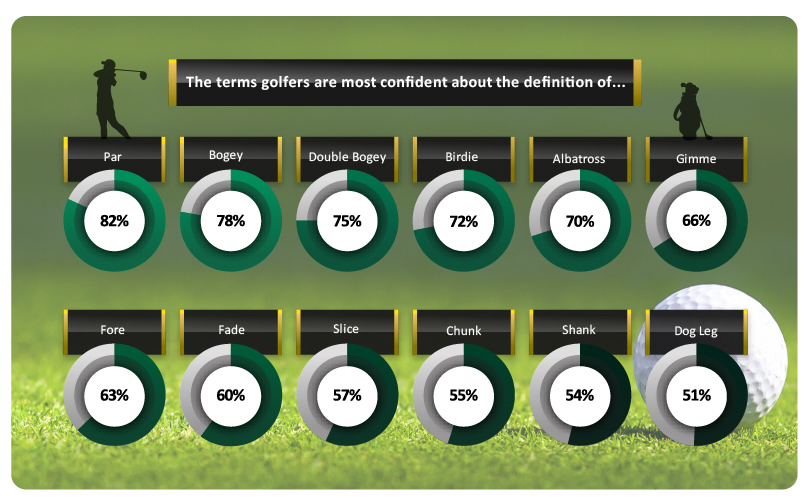Instruction
Latest > Win Your Fourball This Winter With These 6 Essential Tips!
Nov 7th, 2018
Win Your Fourball This Winter With These 6 Essential Tips!
How to bring the heat. When it's cold...
Words: GolfPunk
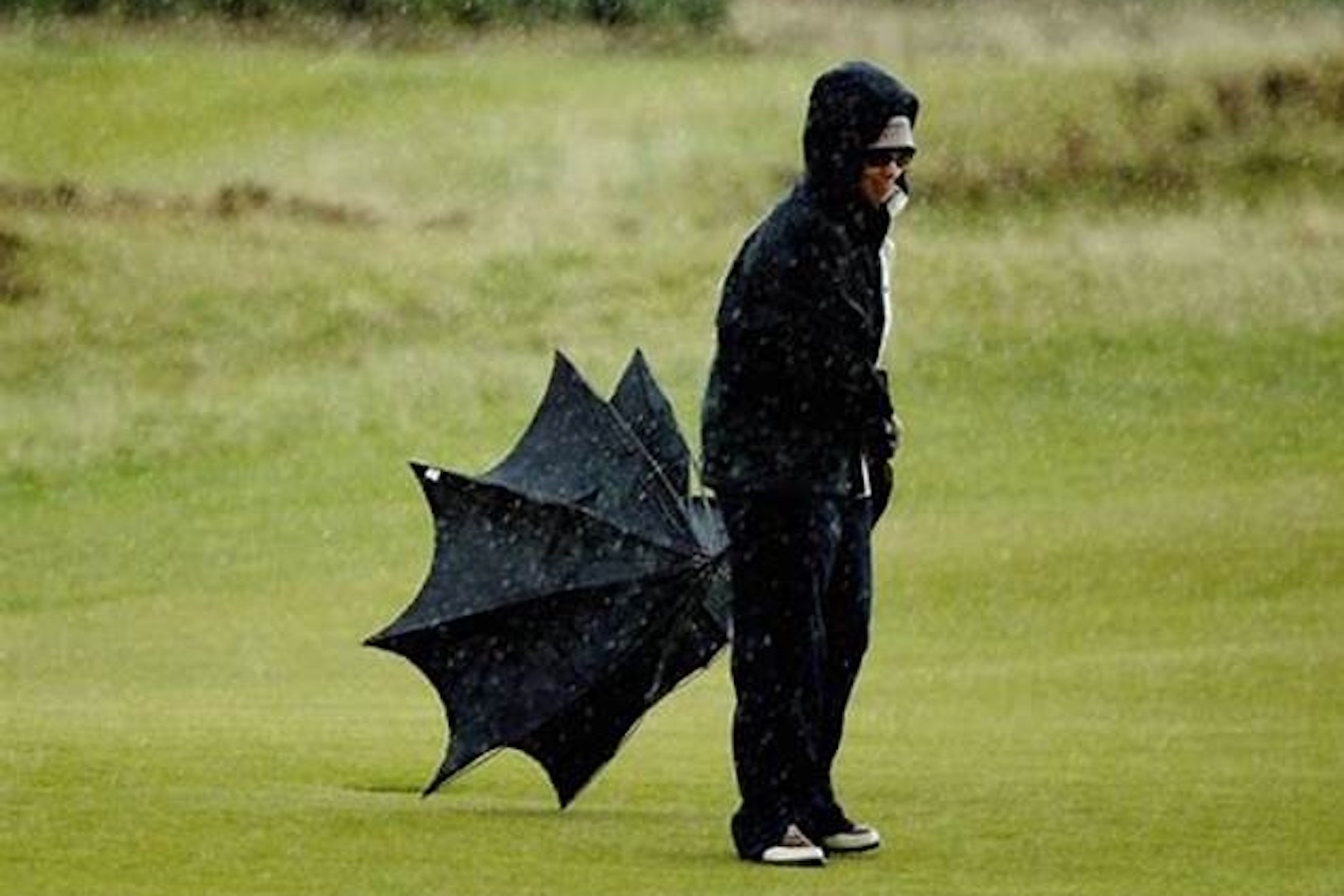
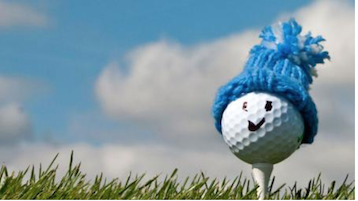
Golf depends on the weather. The winter months bring on the “Shall I, shan’t I” feeling. It’s rarely too hot to play a round but in the winter months, the wind, rain and snow can put us off playing. The expression “fair weather golfer” has become a little derisory; c’mon, a bit of wind and rain won’t hurt you! But, ice and snow… hmmm.
However, the winter months are a great time to get in some useful practice – most average golfers are guilty of not practicing enough, especially the short game. When did you last practice putting, even though a 2-foot putt has the same value on your scorecard as a 250-yard drive, both one stroke. And since I mentioned putting, here’s a useful article on how to make more putts.
The winter months are good for practice
It’s snowing and you’re not going to play that Sunday morning round with your buddies. So instead of mooching around at home, get yourself down to the golf range. But, when you get there, don’t do what nearly all golfers do, which is smack 100 balls into the misty distance, especially the last one, because they want to end on a high.
No, the best way to practice at the range is to hit every ball with focus and with purpose.

Start with a pitching wedge. It doesn’t matter what distance you get with a normal swing; your aim is to hit 10 shots as close to the 100-yard flag as possible. Choke down a little if you feel it will help. This is a good tip for the average golfer. Choking down will probably mean you won’t hit the ball as far but in the cold winter months, the ball doesn’t travel as far anyway.
Next, try your 7-iron. Your only objective is to hit 10 shots as close to the 150-yard flag as possible. Focus on that, nothing else. Give yourself a clap on the back each time you get close.
Give your 3-iron a go and try and get 10 balls as close as possible to the 200-yard flag.
You get the idea. Always hit balls with purpose and focus. Don’t waste them.
Ok, I’ll allow 5 smacks with the driver. Got to keep warm!
If you have decided to learn this wonderful but difficult sport, then you may be about to purchase your first beginner set; here’s some help - best golf clubs for beginners. Use them properly to practice with focus and purpose.
And talking of keeping warm…
How to keep warm and dry in bad weather
Talking of keeping warm and dry, even if you are on the range, but more importantly if you have made it to the golf course, wear a woolly hat and weather-proof or water-proof clothing. Carry a spare glove in your bag, your first one will get wet and that’s not nice! Take a golfing umbrella with you in case it rains, and you can keep your towel dry hanging under the umbrella. Good tip. Buy some winter mittens; it’s very important to keep your hands warm.
Beginners don’t always do this but it’s important to warm up before any round of golf, especially when it’s cold. Make an effort to arrive at the club an hour early to do some stretching exercises, swing a long club around your body parallel to the ground. And do some practice pitching and putting to get used to the speed of the greens in the bad weather.
Walk rather than take a buggy, you’ll stay warmer and looser.
GolfPunk Selects Top 14 golf jackets for Autumn-Winter
What about winter rules
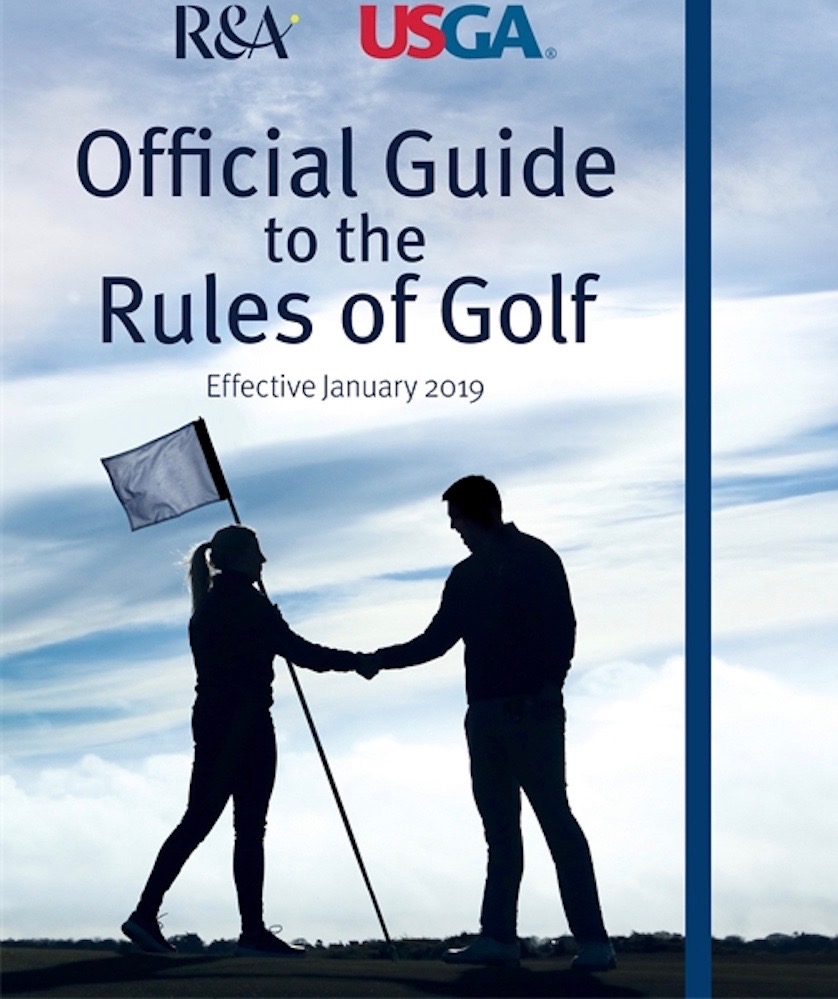
Many golfer don’t understand what winter rules are.
The main thing you need to understand about winter rules, is that they are nothing to do with the USGA or PGA, they are local rules applied by your golf club committee, and they only apply while there is a notice up somewhere saying “Winter rules apply”.
So, preferred lies, is not some rule that automatically comes into effect in November. It is a local rule that the club committee has decided to apply because of the inclement conditions. Also, you should find out what distance you can move your ball; 6 inches or a club length, maybe, and never not nearer the hole. Don’t forget to mark your ball before you pick it up, and remember you are only allowed one pick up per stroke, and you can only mark, lift, clean and replace your ball if it lands on a closely-mown area. You are not allowed take a preferred lie from the rough.
If you don’t follow these rules when making a preferred lie, you will incur a penalty of one stroke for moving the ball in play and the ball must be replaced.
So, be aware of and use the local rules but don’t break them.
Playing shots into the wind
There are a few minor changes that will help you playing into the wind.
Don’t fight the wind, don’t try and hit the cover off the ball. With the wind behind you, make an easier golf swing because the wind will help the ball flight.
Playing into the wind needs more attention.
Keep the ball low, use a club with less loft, choke down a little for more control
Swing at 75% of normal to reduce backspin, backspin will make the ball rise steeply
Play the ball a little further back in your stance
Your weight should be more on your forward foot
What about the ball
Average golfers don’t think about the right sort of ball to use in bad weather, however there are some things to consider.
A harder compression golf ball will fly further, with less backspin and go further on hitting the ground.
Use a yellow ball. Why? You can work that one out yourself!
Use two balls and alternate them on each hole. Keep the spare in your pocket, a warm ball flies further
Keep your ball clean
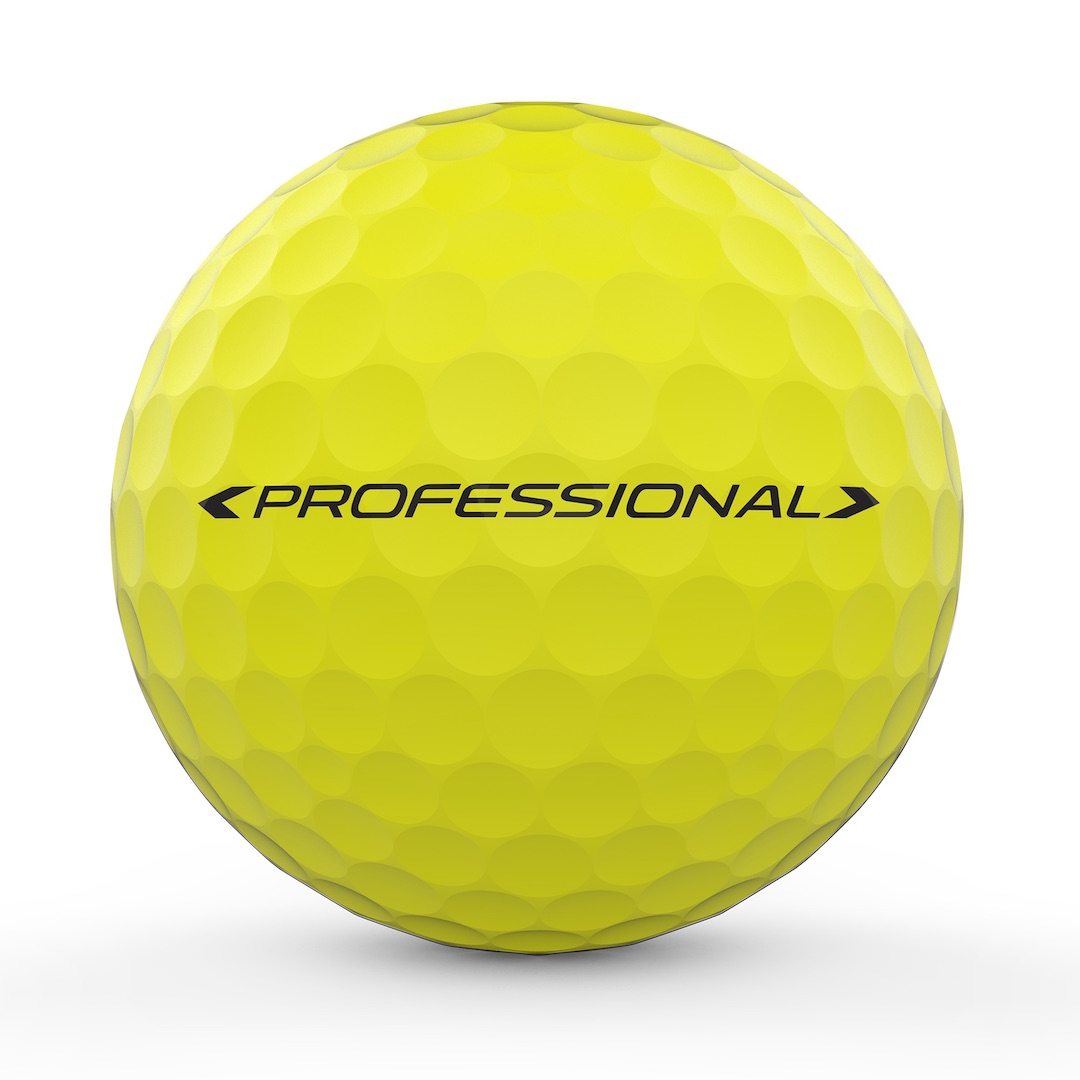
Your ball won’t run as far in winter conditions, so it is important to take the right club and to know the right distance to your target.
Practice at home
If you really don’t want to go outside, the weather is so bad, then there some things you can do to practice even at home.
Putting practice in the warmth of your home can be very enjoyable and useful. There are no humps and bumps to contend with but getting the speed or pace right is hugely important.
You could buy a small artificial turf mat for practicing full swings in your garden. Don’t go hitting balls over the fence though. If you’re in the market for some new golfing equipment, here are lots of really useful equipment articles.
Regular exercise and stretching during the winter months is great to get ready for your first Spring round of golf.
Enjoy your winter golf!
Related:

